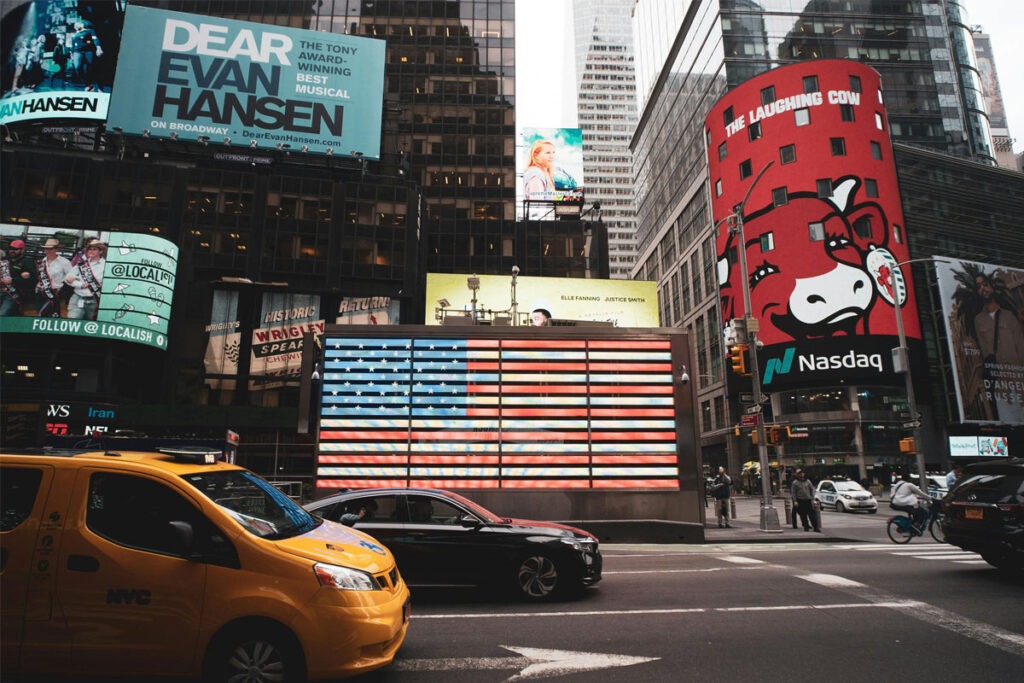11th Hour Bid by New York Governor to Stop Congestion Pricing

New York City, USA
Congestion pricing is a relatively simple concept: implement a fee for motor vehicles entering a crowded city centre. Then use this new revenue source to fund better public transport, so that both former drivers and existing public transport users have improved alternative means of transport.
The concept may be simple, but it has proved incredibly difficult politically for many cities to implement, with New York possibly to become the latest city to stumble at the final hurdle.
A Brief History
Perhaps the most famous congestion charging system is in London, which was implemented in 2003, but Singapore was actually the first, starting way back in 1975.
Other cities who have not just talked about it, but actually implemented congestion charging include Stockholm, Milan, Gothenburg, Oslo, Durham, Riga and more.
How is This Relevant to Micromobility?
Invariably, when congesting charging is implemented it both reduces the amount of vehicle traffic within the charging zone, lowering air and noise pollution, lowering traffic crash death and injuries and generally making the cities more liveable. It also generates substantial new revenue for the development of transportation alternatives to private motor vehicles.
All of these changes make cities better for micromobility which, unlike cars and trucks, is not charged as part of the congestion charging fee structure.
What’s Happening in NYC and Broader Implications
New York City was due to implement congestion charging on Sunday 30th June for lower Manhattan Island from 60th Street south to its southern tip. This is the most densely developed part of New York City.
This event was set to be the culmination of decades of advocacy, innumerable public meetings and court challenges. The automated video tolling gantries and electronic management systems are in place at huge expense, and even some public transportation improvements that were to be funded from the estimated US$1 billion (A$1.5 billion) plus revenue per year, have been commenced.
On Wednesday 6th June the governor of New York State, Kathy Hochul released a pre-recorded video, saying that she was “indefinitely pausing” congestion charging.
This is despite having spoken forcefully at multiple meetings in the months leading up to this, advocating the benefits of congestion charging. In May she stood before an audience of world economic leaders in Ireland and promised to transform mobility in New York City with a first-in-the-nation congestion-pricing system. The concept, she said, had stalled for 60 years because leaders feared a backlash from drivers set in their ways. But, she said, “If we’re serious about making cities more liveable, we must get over that.”
If you would like to dive into the reasons why she performed this astounding backflip, then media such as the New York Times have more detail including this opinion piece from which the above quote was taken, strongly in favour of introducing congestion charging. But in essence, members of Hochul’s Democratic Party are running scared of not being re-elected in November and the presumptive Republican presidential candidate Donald Trump is loudly opposed to congestion charging.
Ironically, the decision is not fully within Governor Hochul’s power to make. Congestion charging for NYC was enshrined in New York State law in 2019 and she will need to support of state elected legislators to overturn that. She also needs board of New York’s Metropolitan Transportation Authority to vote in favour of seeing their budget cut by about A$1.5 billion per year.
The decision has also enraged a wide range of transportation advocates who are planning public rallies and other campaigning.
If it finally happens, the introduction of congestion charging in NYC would be significant because it would be the first North American city to take this step. San Francisco is the only other city to have seriously debated the issue.
In Australia, congestion pricing has already been debated for years with the usual political and media divide taking sides and no significant action.
Meanwhile in cities from London to Singapore, congestion charging continues to run smoothly, reducing vehicle traffic, air and noise pollution, funding public transport and making the cities safer and more pleasant for cycling, walking and other micromobility.
